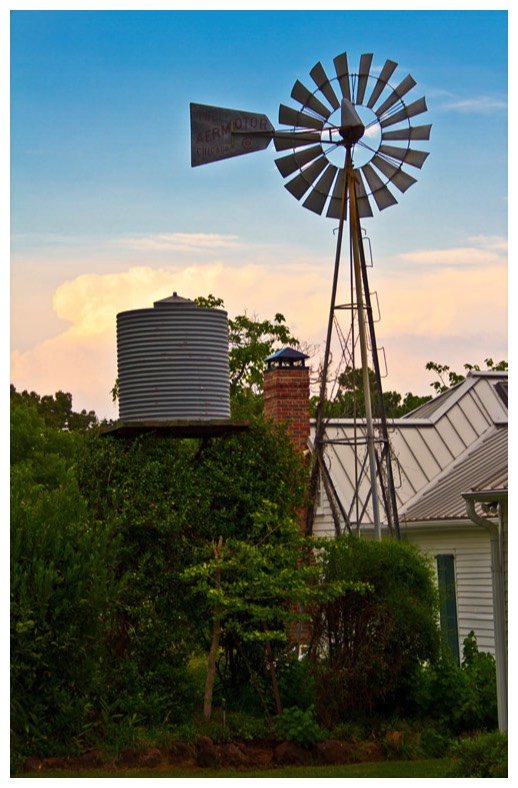About The Greer Farm

Our farm has been in continuous operation since the first Anglo settlers arrived in this part of Texas in the mid-1840s. Prior to then the land was home to Caddo Indians. This farm was probably originally settled by a veteran of the Texas Revolution. The second owners were involved in the American Civil War leaving Georgia for Texas during reconstruction. We purchased the farm in 1979 and are the third owners. Its early inhabitants endured hardships on the edge of the frontier and carved out of the wilderness a lasting Texas Homestead that we now call our home.
Our goal is to be a Center of Excellence in Sustainable Agriculture demonstrating that a family farm can be profitable, practice environmental stewardship and produce a stable food supply and timber in perpetuity without degrading the natural resources that support the production processes.
What is sustainable agriculture? Sustainable Agriculture is a way of growing food that is healthy, does not harm the environment, respects workers, is humane to animals, provides a fair wage to the farmer, and supports farming communities. Characteristics of this type of agriculture include: conservation and preservation, biodiversity, animal welfare, economic viability and socially just. (from sustainabletable.org)
What are the differences between sustainable and organic agriculture? When is organic not sustainable?
Both organic and sustainable agriculture strive to preserve the land for generations to come and have many similarities, but one system is not necessarily better than the other. The main difference between the two methods of production is that organic food production must be certified yearly by an independent third-party certifier approved by the US Department of Agriculture. Sustainable food has no independent certification process, and the consumer must rely on the word of the farmer. In addition, sustainability is more of a philosophy or way of life, whereas organic is a specific set of government-verified standards. (from sustainabletable.org). On our farm and ranch we will use the minimum of artificial inputs, but recognize that to be good stewards of the land and be profitable we cannot be organic.
Our goal is to be a Center of Excellence in Sustainable Agriculture demonstrating that a family farm can be profitable, practice environmental stewardship and produce a stable food supply and timber in perpetuity without degrading the natural resources that support the production processes.
What is sustainable agriculture? Sustainable Agriculture is a way of growing food that is healthy, does not harm the environment, respects workers, is humane to animals, provides a fair wage to the farmer, and supports farming communities. Characteristics of this type of agriculture include: conservation and preservation, biodiversity, animal welfare, economic viability and socially just. (from sustainabletable.org)
What are the differences between sustainable and organic agriculture? When is organic not sustainable?
Both organic and sustainable agriculture strive to preserve the land for generations to come and have many similarities, but one system is not necessarily better than the other. The main difference between the two methods of production is that organic food production must be certified yearly by an independent third-party certifier approved by the US Department of Agriculture. Sustainable food has no independent certification process, and the consumer must rely on the word of the farmer. In addition, sustainability is more of a philosophy or way of life, whereas organic is a specific set of government-verified standards. (from sustainabletable.org). On our farm and ranch we will use the minimum of artificial inputs, but recognize that to be good stewards of the land and be profitable we cannot be organic.
